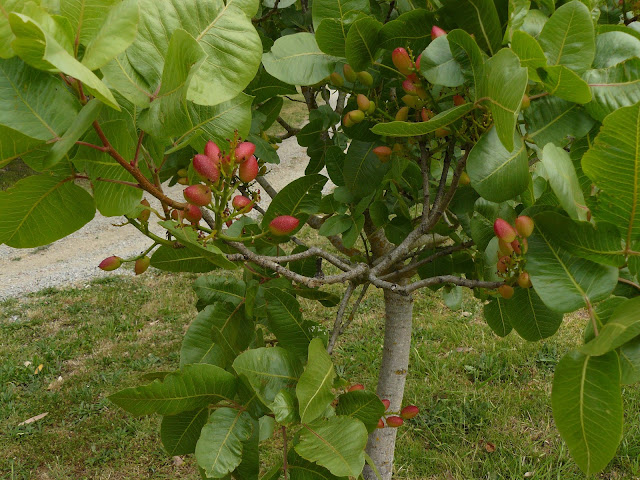We are having a second flush of roses and the hydrangeas and agapanthas are coming along nicely, but I thought I would feature some rather nice Australian natives today.
My favourite without a doubt is this one a regular visitor. This fellow is called Kenneth and we have been acquaintenances for a couple of years now.
I really like this pretty banksia. The flowers are not noticeable unless you really look intothe heart of the bush, but they are a gorgeous colour.
 I love Kangaroo Paw, but don't have much luck keeping it alive and flowering for more than a few years. They are indigenous to Western Australia where they thrive on the sandy soils. I don't think our heavy clay loams really suit them.
I love Kangaroo Paw, but don't have much luck keeping it alive and flowering for more than a few years. They are indigenous to Western Australia where they thrive on the sandy soils. I don't think our heavy clay loams really suit them.
My favourite at the moment is this beautiful tree. Blueberry Ash - Elaeocarpus reticulans. The flowers are tiny, but absolutely exquisite, like miniature ballerinas.
How could you not love them?
Liz Needle





















































